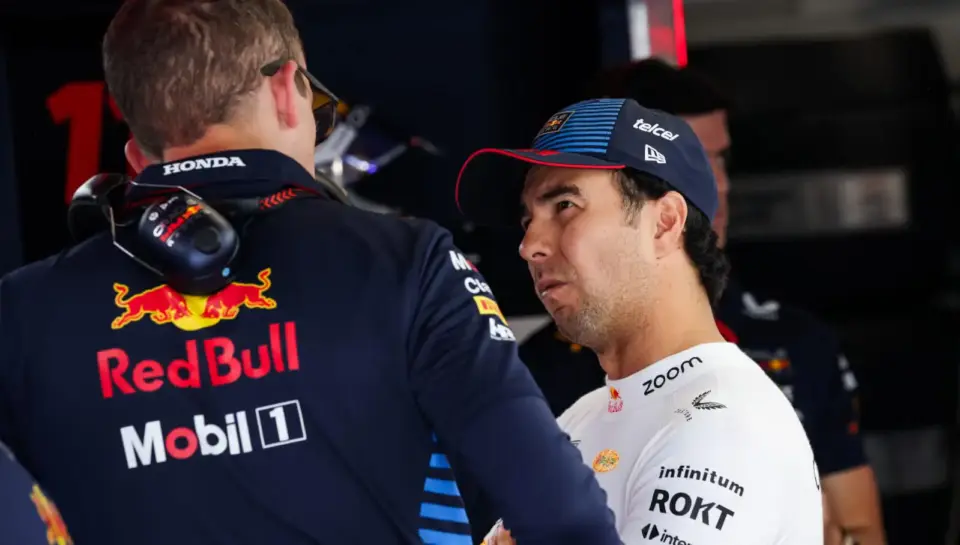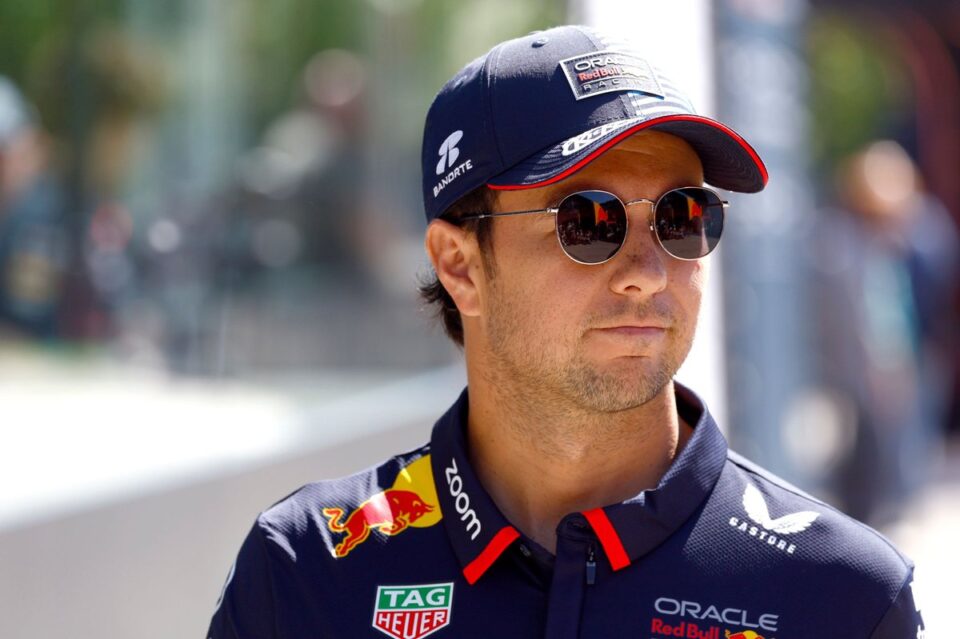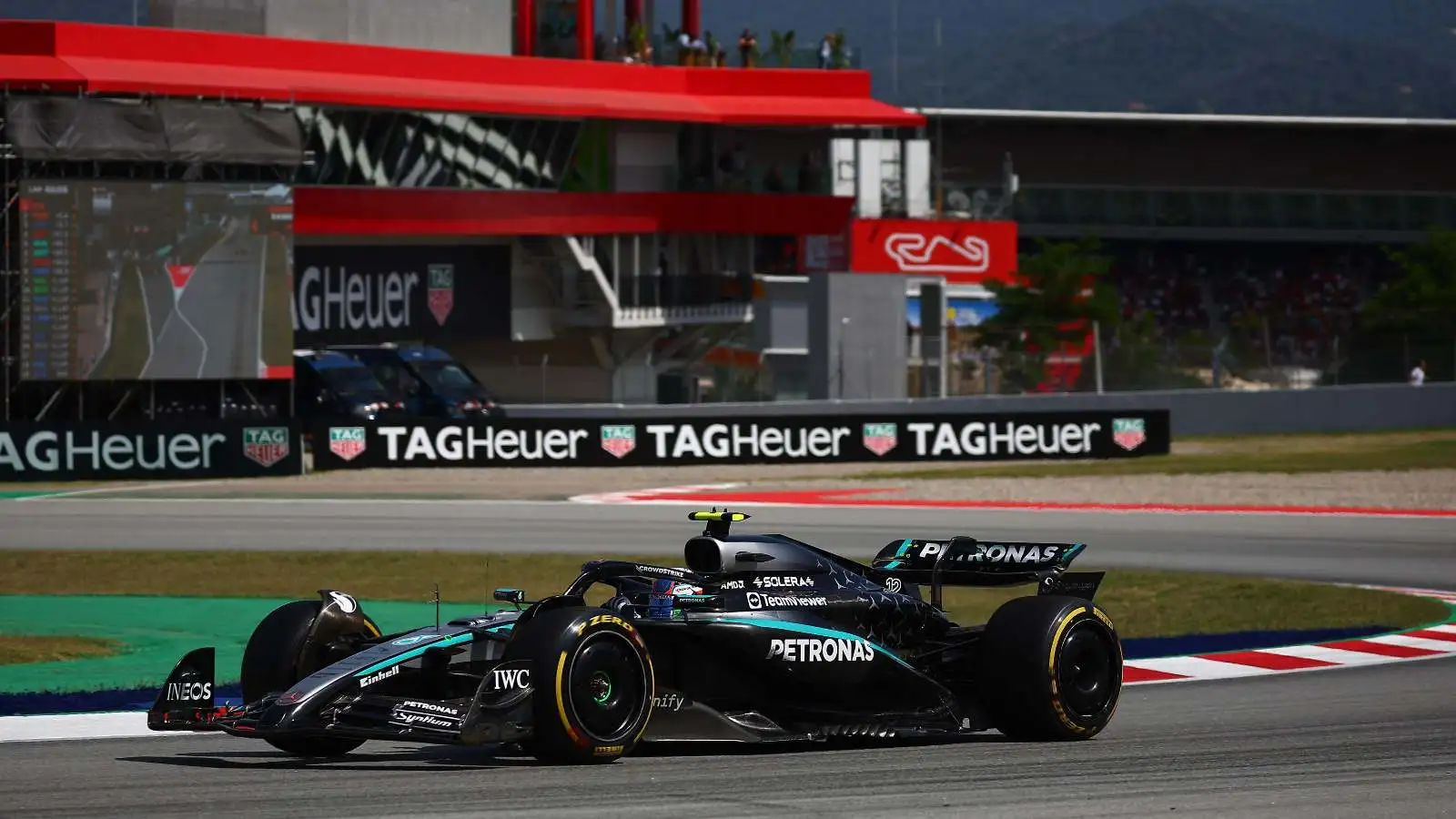Red Bull has decided to re-sign Sergio Perez for another two seasons, extending his stay with the team to six years. This move has sparked a lot of debate, especially considering Perez’s performance in comparison to his teammate, Max Verstappen.
Let’s face it, any neutral Formula 1 fan wants to see the top seats occupied by the best drivers. This not only heightens competition at the front but also helps teams score as many points as possible. Red Bull has had the luxury of dominating with Verstappen, but recent evidence suggests that other teams, like Ferrari, are closing in, with just 24 points separating them in the constructors’ standings. In this context, every point counts, making the choice of the second driver crucial.
On the supertimes matrix, which measures raw pace, Perez is the worst-performing driver compared to his teammate in 2024, apart from Logan Sargeant at Williams. This metric shows the fastest single lap by each driver at each race weekend, and Perez’s gap to Verstappen is significant. In 2021, Perez was 0.7% behind on average across the season, in 2022 the gap was 0.545%, and in 2023 it was 0.761%. These are substantial gaps, especially when you consider that Valtteri Bottas was only 0.116% behind Lewis Hamilton during their time together at Mercedes.
Perez has not won a race since Baku last year and missed a golden opportunity in Miami in 2023. He hasn’t been able to maintain consistent raw speed or perform under pressure like Verstappen. In comparison, Bottas got closer to Hamilton’s points tally in 2021 than Perez did to Verstappen, which was crucial for Mercedes in clinching the constructors’ championship that year.
Even when considering racecraft, Perez falls short. He’s rarely managed to match Verstappen’s ability to maintain tyre life while lapping quickly, previously considered one of his strengths. In 2021, Perez scored 48% of Verstappen’s total points, a year when Red Bull had a slightly better car than Mercedes but still lost the constructors’ title. By 2022, he improved to 67%, but last year he fell back to 50%, and this year, he stands at 63%. Across their time together, Perez has racked up just under 56% of Verstappen’s total points.
This isn’t to say Perez doesn’t belong in F1. His experience and knowledge could be invaluable to teams further down the grid. However, it’s evident he’s not a top-liner who can lead a team like Red Bull to sustained success. Red Bull, a team known for its dynamism and resources, could have aimed higher. Names like Lando Norris, Carlos Sainz, or even Esteban Ocon come to mind as potentially better fits.
Finally, keeping Verstappen happy is crucial for Red Bull. Even with his remarkable talent, a strong second driver is essential for securing the constructors’ championship, especially as the competition tightens. If Verstappen were to leave, Red Bull would be in a precarious position, with Perez unlikely to carry the team on his own. This re-signing might keep the peace for now, but it does leave Red Bull vulnerable in the longer term.
In summary, Red Bull’s decision to re-sign Perez appears to be a gamble. While it may appease Verstappen for now, it does raise questions about the team’s future competitiveness. The decision underscores the complexities of balancing team dynamics, driver performance, and championship aspirations.
Source: Motorsport










